
- •Classification of pollutants
- •Air pollution
- •1. Nuclear wastes are stored in thick steel containers mixed with cement and buried deeply in the ground.
- •3. Freon is a harmful air pollutant.
- •S ources
- •Birth control.
- •Economic reform.
- •4. Desertification
- •5 .Coastal decay and dam problems
- •Variation of living organisms & their classification
- •Viruses
- •1. Virus are links between living and non living things.
- •2. Viruses are obligate intracellular parasites.
- •3. Viruses are highly specific.
- •Kingdom Monera
- •3. The absence of the endoplasmic reticulum, mitochondria, golgi bodies, plastids ..
- •4. Chromosomes spread in the cytoplasm.
- •Kingdom Protista
- •Kingdom Fungi
- •Kingdom Plantae
- •Phylum Tracheophyta
- •Angiosperms
- •Kingdom Animalia
- •1. Most developed animals
- •Interaction Among living organisms
- •Predation
- •Importance of predation to man:
- •1. According to site of attack
- •2. According to the period of parasitism in the host body.
- •Importance of saprophytes to the environment:
- •Saprophytic plants:
- •Saprophytic fungi:
- •Bacteria Dolphins big fish
- •Bacteria Hawk
- •2 . Pyramid of Mass
- •3.Pyramid of energy
- •E xamples of Intermediate link
- •Isolation & speciation (species formation): There're two types of speciation:
- •Sheet 1
- •Sheet 2
- •VIII-Give reasons for:
- •Sheet 3
- •Sheet 4
- •Sheet 5
- •Sheet 6
- •Sheet 7
- •Sheet 8
- •Sheet 9
- •2. Compare autotrophic nutrition & heterotrophic nutrition Sheet 10
- •Sheet 11
- •Biology practical revision
- •12.Tapeworm
- •In order for this scenario to take place
- •Vestigial structures
- •4. Embryology
- •5. Comparing the anatomy of organisms.
- •6.Physiological resemblance:
Date:
………………………..
Chapter three
Man and the environment
E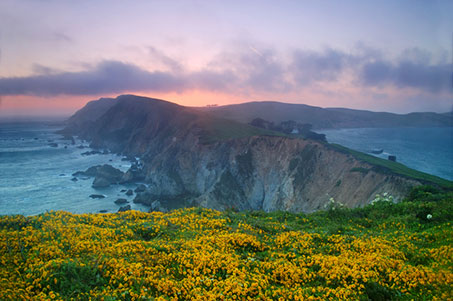 nvironmental
problems include:
nvironmental
problems include:
*Air, water pollution, soil, food & noise pollution.
*Population explosion
*Food & energy problem
*Drought problem and desertification
*Coastal decay and dam problems

Pollution: is the presence of any substance or energy in the wrong place quantity or
time.
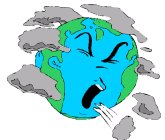
Classification of pollutants
Biological |
Chemical |
Physical |
P |
P |
N |
B |
Products of burning petroleum |
Temperature |
Air pollution
Air pollutant |
Source |
Effect |
Fine particles of carbon, oil or metals |
F |
Light particles decrease vision, irritate the respiratory system . Fall on the plant leaves and block stomata, decrease photosynthesis and kill plants. |
Rubber in soot |
B |
Pneumonia |
Lead particles |
E |
Affect the nervous system |
Cadmium particles |
|
Heart diseases |
Phosphate particles |
Phosphate mines, |
|
Cotton dust |
Spinning and weaving cotton |
|
Radioactive pollution |
Outer space Radioactive rocks |
Man is adapted to such radiations |
|
N |
Cause cancer & congenital deformities. |
Freon |
R |
The ozone hole |
CO2 |
Product of burning organic fuel such as petroleum and coal. |
Gradual increase of the Earth's temperature |
G.R.
1. Nuclear wastes are stored in thick steel containers mixed with cement and buried deeply in the ground.
To avoid the pollution with radioactive remains which cause cancer and congenital deformities?
2. Ozone is an important component of the atmosphere but it's also a source of pollution. a. In the lower layers of the atmosphere, ozone reacts with air pollutants forming smog.
b. In the upper layers of the atmosphere, ozone protects us from the harms of UV radiation.
3. Freon is a harmful air pollutant.
It damages the ozone and therefore more ultraviolet radiation reaches the Earth.
Explain the effect of the accumulation of carbon dioxide on the temperature of the atmosphere.
Two opposing theories explain the effect of increased carbon dioxide ratio in the atmosphere.
Increased carbon dioxide gas increases the temperature of the atmosphere & therefore polar ice melts & coastal cities are flooded.
Substances which pollute the air reflect thermal radiation & therefore the temperature of the atmosphere decreases & new ice age occurs.
Controlling air pollution:
Fix filters for smoke coming out from chimneys.
Use solar energy which is a clean source of energy.
Construct factories out of towns and cities.

Water pollution
It is any change in the physical properties of water that makes it unfit for use.
Sources and effect :
1. Pollution with microbes, viruses, parasites, and organic compounds which decay
oxygen in water, and therefore kill fish. Dead fish release toxins which prevent the
hatching of fish eggs.
2. Inorganic compounds from factory wastes are difficult to get rid of.
3. Oily substances that result from searching for petroleum under the sea,
or oil leaking from tankers which float on the water reduce the amount of
oxygen in the water and harms the fish.
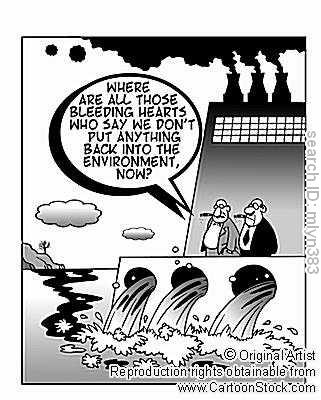 4.
Fertilizers dissolve in water of irrigation canals & increase the
reproduction & growth of aquatic plants.
4.
Fertilizers dissolve in water of irrigation canals & increase the
reproduction & growth of aquatic plants.
5. Industrial wastes (minerals and poisonous chemicals)
cause the death of living organisms.
6. Thermal pollution resulting from the release
of waste water from factories in rivers and seas
cause the death of living organisms.
7. Polluted water is frozen & is used in cooling drinks & therefore transmits serious
diseases. That's why it's better to put ice outside the container when cooling drinks.
8. People who use irrigation canals for bathing & ablution may become infected with
Bilharzias.
C holera,
typhoid, hepatitis infantile paralysis, dysentery
are
transmitted by water contaminated with microbes.
holera,
typhoid, hepatitis infantile paralysis, dysentery
are
transmitted by water contaminated with microbes.
Controlling water pollution:
1. Avoid throwing industrial and house
wastes into the river or sea .
2. Treat sewage water and industrial
wastes to purify it and use it.
3. Periodic examination of water.
4. Researches on the precipitation of pollutants & getting rid of them.


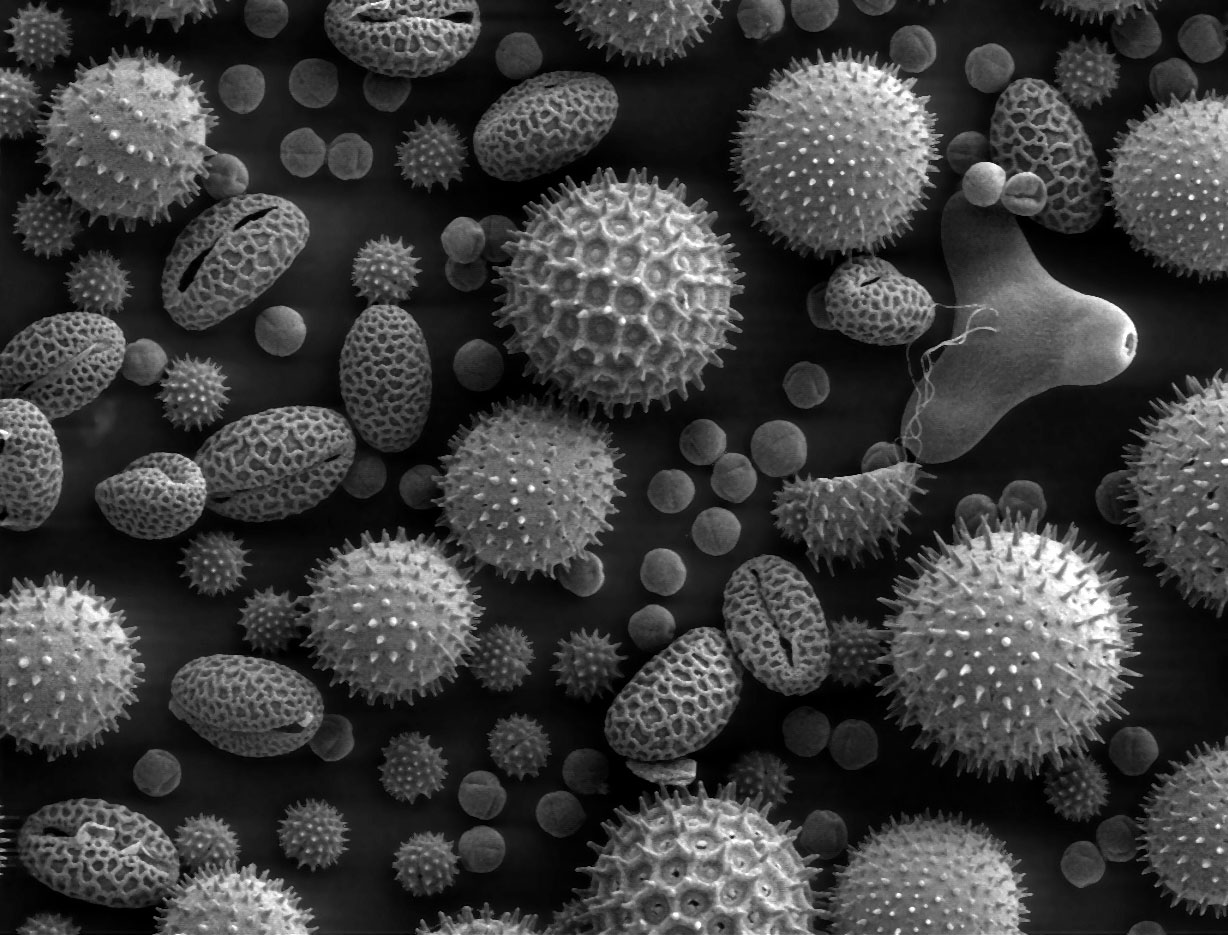 ollen
grains
ollen
grains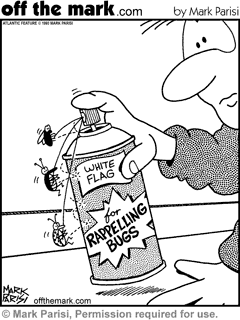 esticides
esticides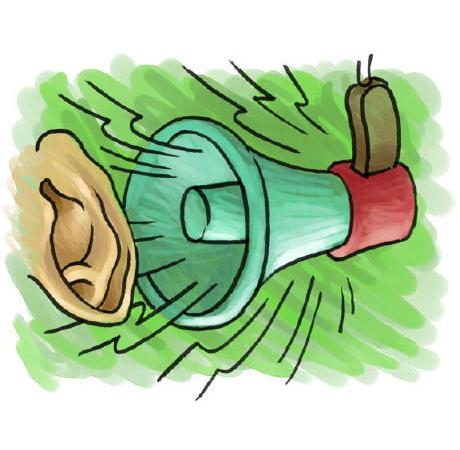 oise
oise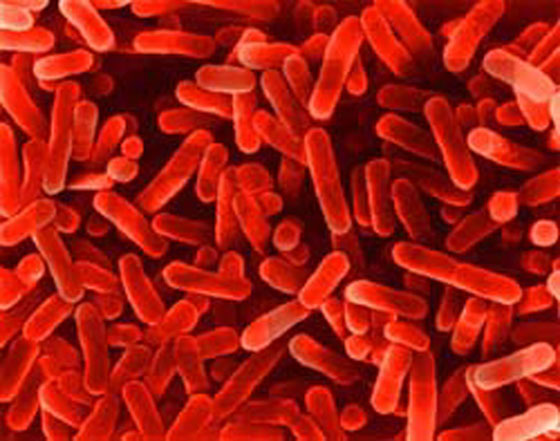 acteria
acteria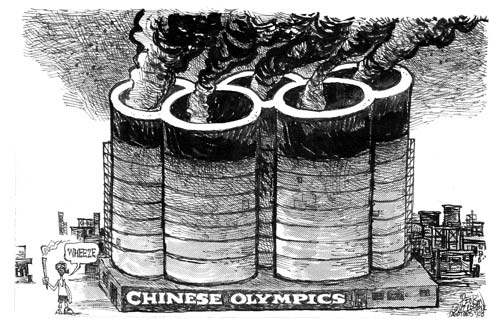 actory
chimneys power station furnaces
actory
chimneys power station furnaces urning
garbage
urning
garbage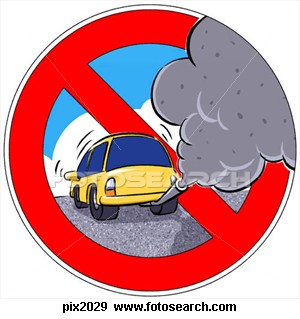 xhaust
of cars
xhaust
of cars
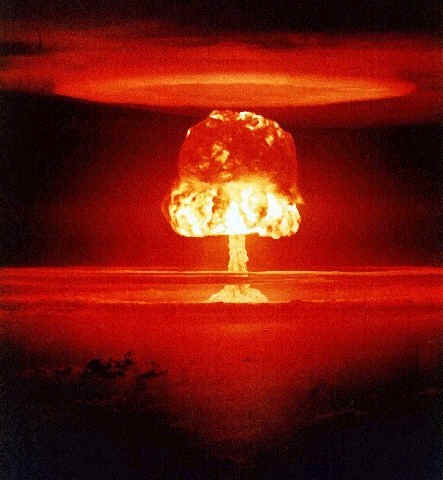 uclear
explosions
uclear
explosions efrigerators
, air conditioners and aerosols
efrigerators
, air conditioners and aerosols